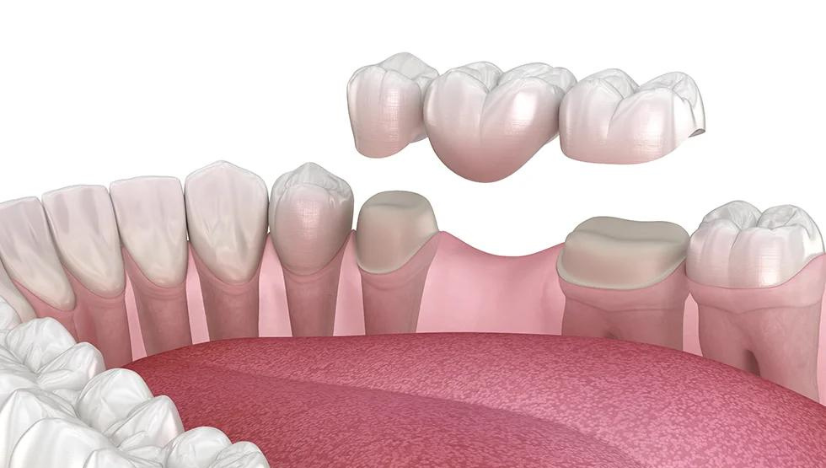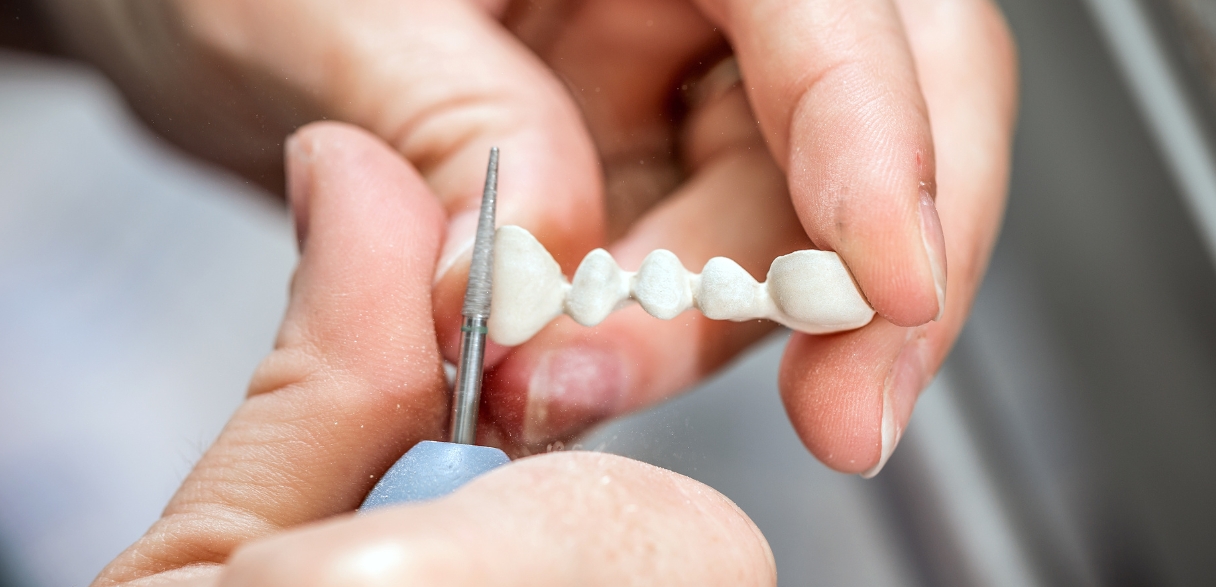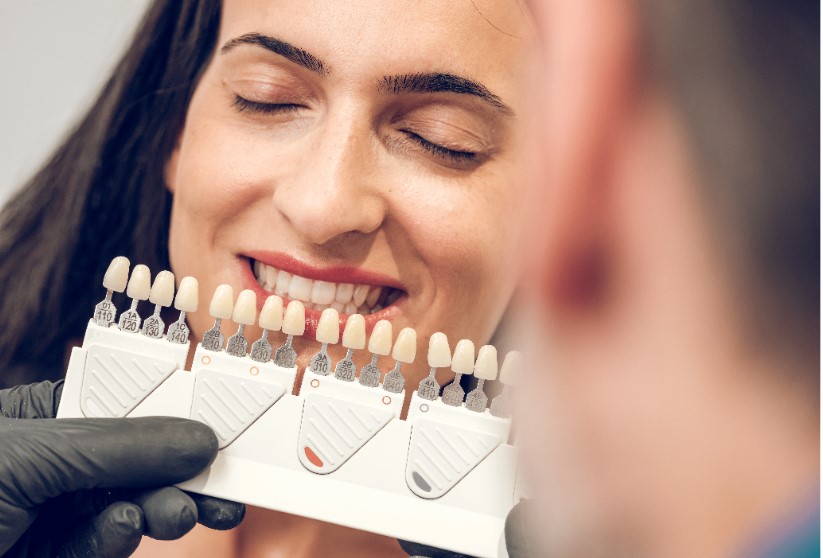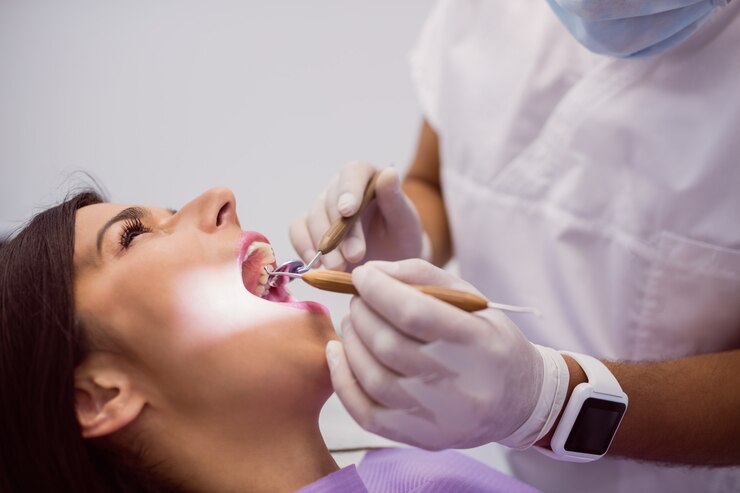
Dental crowns are a common solution for various dental issues, but many people wonder if they fall under the category of cosmetic dentistry. To answer this question, it’s essential to understand what dental crowns are, their purpose, and the role of cosmetic dentistry in overall dental health.
What Are Dental Crowns?
Dental crowns, also known as teeth crowns, are caps placed over a damaged or decayed tooth. They restore the tooth’s shape, size, strength, and appearance. Crowns can be made from various materials, including metal, porcelain, resin, and ceramic. They are crafted to resemble and operate like natural teeth.
The Purpose of Dental Crowns
Teeth crowns serve several purposes, including:
- Protecting a Weak Tooth: Crowns can protect a tooth that is weakened by decay or breakage.
- Restoring a Broken Tooth: They can restore a tooth that is already broken or severely worn down.
- Supporting a Dental Bridge: Crowns can hold a dental bridge in place.
- Covering a Dental Implant: They are used to cover dental implants.
- Cosmetic Enhancement: Crowns can enhance the look of teeth that are stained or irregularly shaped.
Understanding Cosmetic Dentistry
Cosmetic dentistry aims to enhance the aesthetics of teeth, gums, and bites.It primarily deals with dental aesthetics in terms of color, position, shape, size, and alignment of teeth. Common cosmetic dentistry procedures include teeth whitening, veneers, bonding, and contouring.
Do Dental Crowns Fall Under Cosmetic Dentistry?
The answer is both yes and no. Dental crowns can serve both restorative and cosmetic purposes. Here’s how:
Restorative Role of Dental Crowns
When dental crowns are used to restore a tooth’s function, they fall under restorative dentistry. For instance, a crown used to protect a tooth after a root canal or to restore a broken tooth’s structure is considered restorative. The American Dental Association categorizes these crowns as necessary for maintaining oral health and function.
Cosmetic Role of Dental Crowns
When teeth crowns are used to enhance the appearance of teeth, they fall under cosmetic dentistry. For example, crowns can cover severely discolored or misshapen teeth, giving them a more aesthetically pleasing appearance. This application aligns with the goals of cosmetic dentistry, which aims to improve the visual aspects of your smile.
Benefits of Dental Crowns in Cosmetic Dentistry
- Improved Appearance: Crowns can significantly enhance the look of your teeth, making your smile brighter and more uniform.
- Durability: Crowns are long-lasting and can withstand the pressures of biting and chewing.
- Natural Look: High-quality crowns are made to match the color and texture of your natural teeth, providing a seamless look.
- Enhanced Confidence: With improved aesthetics, you may feel more confident in your smile and overall appearance.
Choosing the Right Material for Your Crown
The material used for a dental crown can affect both its function and appearance. Here are the common types:
- Metal Crowns: Highly durable and less likely to chip or break, but not as visually appealing.
- Porcelain-Fused-to-Metal Crowns: Offer a balance between strength and appearance.
- All-Ceramic or All-Porcelain Crowns: Provide the best natural color match but may not be as strong as metal crowns.
- Resin Crowns: Less expensive but wear down over time and are more prone to fractures.
Finding a Cosmetic Dentist in South Hills
If you’re considering teeth crowns for cosmetic reasons, finding a qualified cosmetic dentist in South Hills is crucial. A skilled cosmetic dentist can assess your dental needs and recommend the best type of crown to achieve your desired results.
Consultation and Procedure
- Consultation: During the initial consultation, your dentist will examine your teeth and discuss your goals. This step is crucial in planning the treatment and choosing the right material for your crown.
- Preparation: The tooth receiving the crown is prepared by removing a portion of its structure to make room for the crown.
- Impression: An impression of the tooth is made to ensure the crown fits perfectly.
- Temporary Crown: A temporary crown may be placed while the permanent one is being made.
- Placement: Once the permanent crown is ready, it is cemented into place.
Conclusion
Dental crowns can indeed fall under the category of cosmetic dentistry when used to enhance the appearance of teeth. Whether for functional restoration or cosmetic improvement, crowns offer a versatile solution to various dental issues. For those in the South Hills area, seeking the expertise of a cosmetic dentist at Pearl Dentistry of South Hills can ensure you receive the best care and achieve a beautiful, healthy smile.
Remember, while dental crowns can improve the aesthetics of your smile, they also play a critical role in maintaining dental health and function. By understanding their dual role, you can make informed decisions about your dental care and enjoy the benefits of both cosmetic and restorative dentistry.





